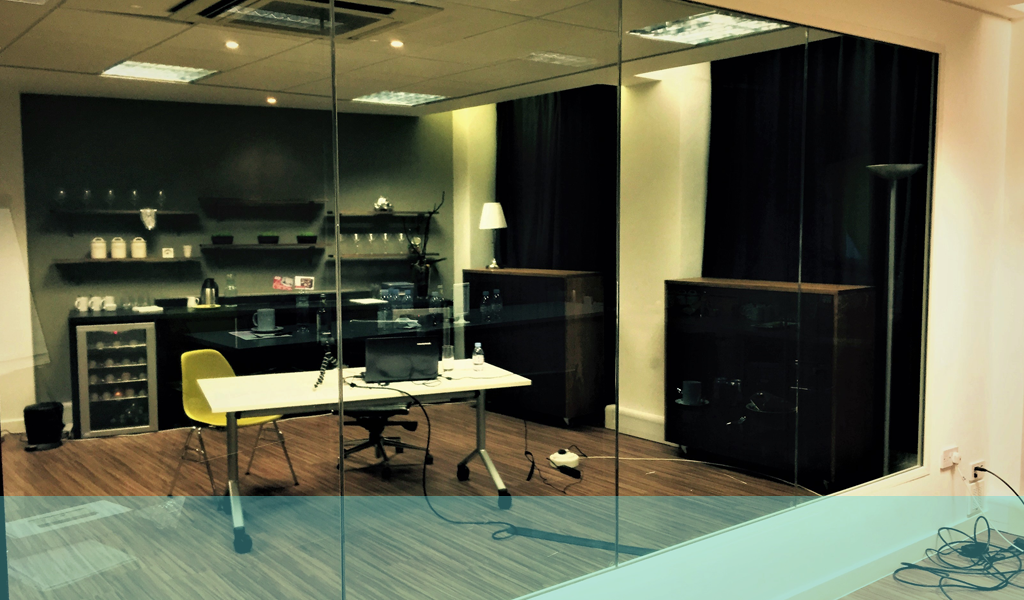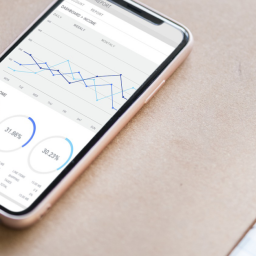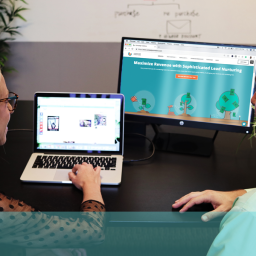
There is a temptation to simply say ‘yes’ to this question and many people are doing just that – but it is a far more complex issue to be so readily dismissed. User testing like so many aspects of technology is forever changing and the rate of change seems to accelerate with the technology and techniques available to undertake it.
User lab benefits in user testing
There are strong pros and cons to lab user testing. It is reasonably cost-effective; you only have to pay for the time of the researcher and the subject while they are conducting and analysing the research and with a specific task you can probably get verifiable results with a fairly small number of tests. On the other hand it is conducted in an artificial environment, away from the real stresses and distractions of everyday life and the subject knows what is expected of them and that they are being observed. All these things can potentially change the interaction and behaviour in a material way.
Aspects being tested can dictate technique
To some extent the methodology dictates where this technique would still be useful in web user research. Where you are looking for deeper and possibly innovatory insights it is unlikely that the user lab will provide the sort of interaction conducive to those unexpected or unlikely situations. It is, after all, a controlled environment and control doesn’t really lend itself to the unpredictable or spontaneous.
The way people run their lives and the complex combinations of devices, techniques, locations and environments in which they operate make it impossible to replicate the exact circumstances of decision-making (or even anything approximating them). Contextual research of some sort will be more useful in this type of environment.
Business observation of user testing can be beneficial
But that doesn’t mean there is no role for the user lab at all. They can give in-house developers and executives the chance to interact with and observe users in particular situations and test out products and systems with specific attributes to see if they work in the manner anticipated. Comparative testing or testing for specific features or reactions can also be handled in a user lab type of environment as the parameters are much more defined and tightly drawn.
It is always useful for developers to observe how their product is used even in a controlled and enclosed environment. There are still valid learnings that can emerge from such interactions and they can be done relatively cheaply with the technology that is available today.
Future of user testing: lab v Big Brother?
It is possible that as technology develops to even more sophisticated, interactive levels that the user lab will become completely obsolete and replaced by covert, non-intrusive surveillance that provides intimate details about users’ behaviour. Sound a bit like 1984? Big Brother with consent, perhaps?
For the moment the user lab still offers some benefits and opportunities for user testing. If you would like to discuss what sort of research might best be applied to your business situation why not get in touch.

















